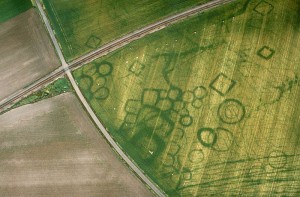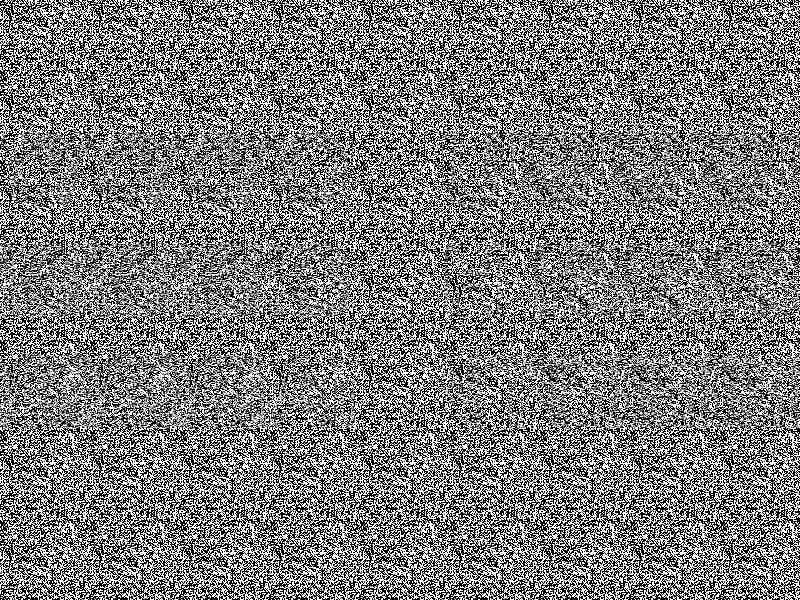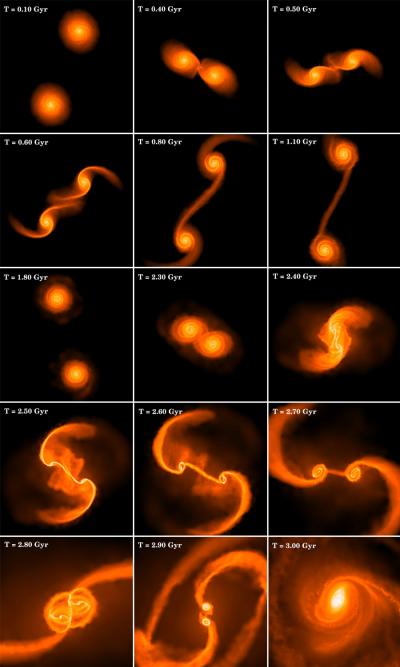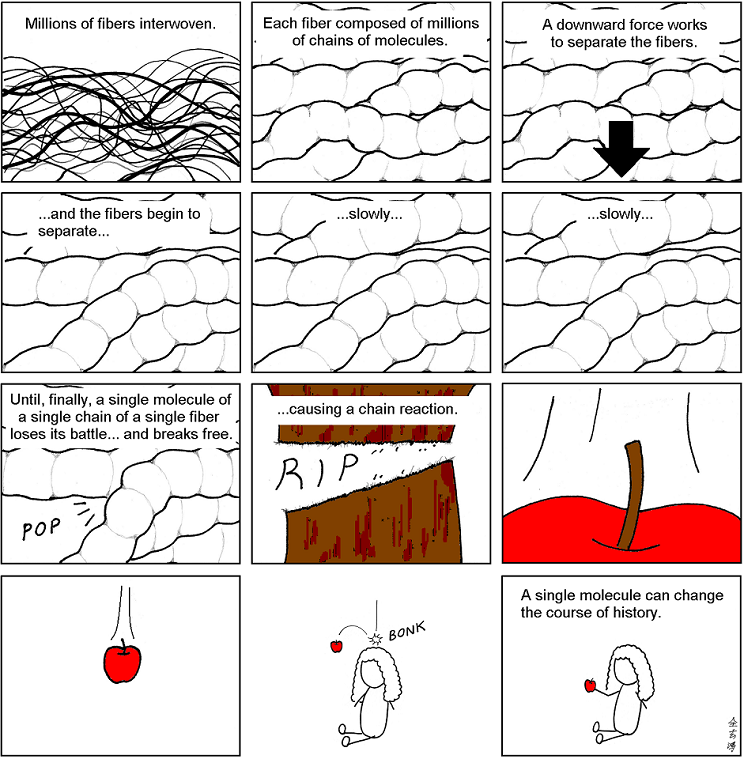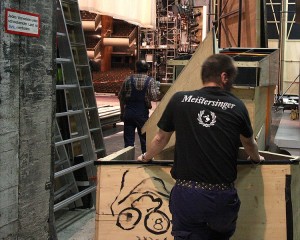 Today, I’m venturing backstage at Last Word on Nothing, a rather frantic place at the best of times. Ann has just published a very cool new book on a group of astronomers who created this beautiful map of the universe, the Sloan Digital Sky Survey. Her book is called A Grand and Bold Thing, and I was curious about Ann’s work on it.
Today, I’m venturing backstage at Last Word on Nothing, a rather frantic place at the best of times. Ann has just published a very cool new book on a group of astronomers who created this beautiful map of the universe, the Sloan Digital Sky Survey. Her book is called A Grand and Bold Thing, and I was curious about Ann’s work on it.
Q: What do you like most about astronomers?
In the first place, I like astronomy itself: you look up in the night sky, and infinity is right there and full of stuff. In the second place, astronomers are devoting their lives and very smart selves to studying all that stuff in infinity and what they study—they don’t like it when I say this—will never conceivably matter or affect us in any way. Aesthetically and spiritually, that’s lovely.
Q: The hero of your book, Jim Gunn, is an amazing and very entertaining character. He says what he thinks, he’s stubborn, opinionated, and he sure as hell gets things done. Tell us about him.
He’d make a good book all by himself. Physically, he looks a little homeless though harmless, and if he walked into my middle-class neighborhood, somebody would ask him if he needed help finding his way back out again. He’s extremely polite and draws you out so kindly that you end up having a good opinion of yourself. That’s unsettling because when you finally get him to talk, you see that while you’ve been vaguely prattling on, he’s been thinking complicated and sharp things which he can explain in the clearest way, and you think to yourself, “why don’t I just shut up now.” And he’s a splendid writer with perfect control of sentence rhythms. And he can write about a thing you’ve haven’t a hope of understanding and somehow you get it. One of his fellow astronomers described Jim’s writing as “clear and simple is the Lord.” Continue reading →
